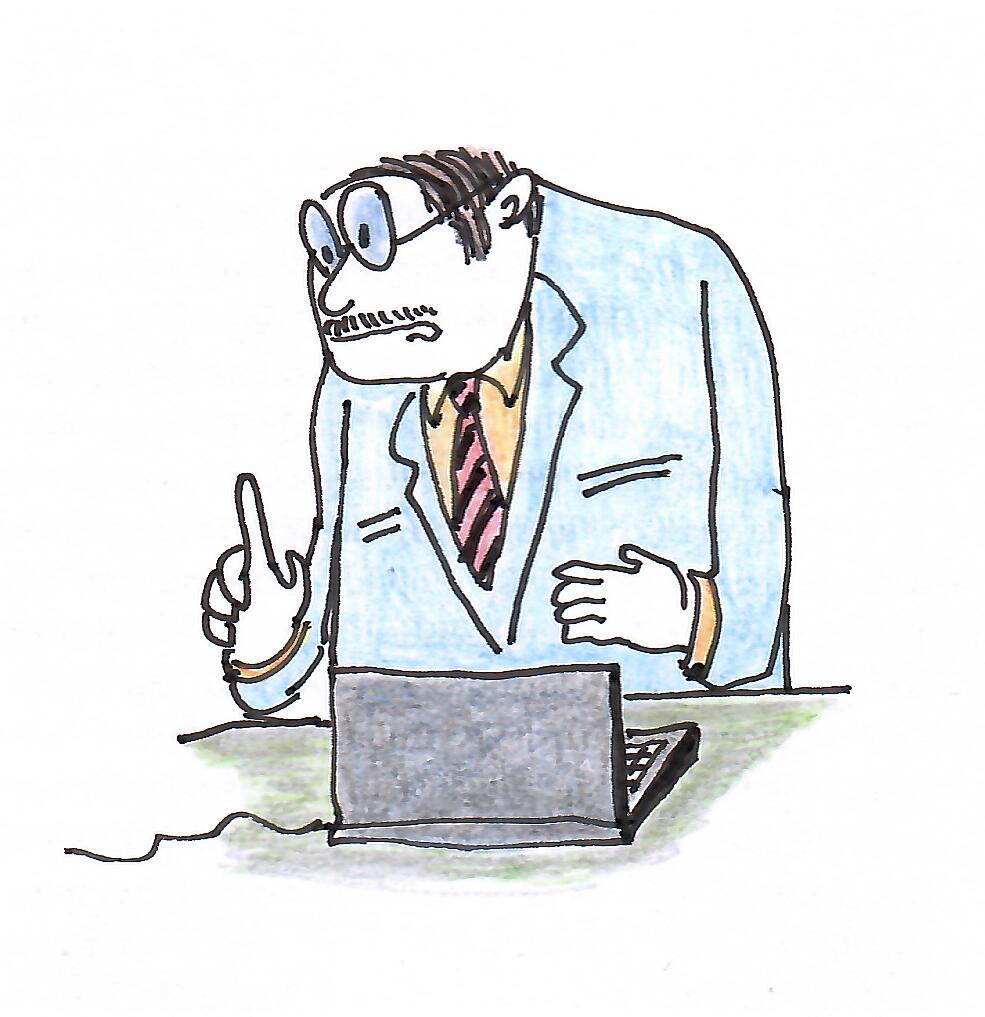General
Section outline
-

Tento kurz byl podpořen z projektu: Zvýšení kvality vzdělávání na UK a jeho relevance pro potřeby trhu práce
Registrační číslo ESF projektu: CZ.02.2.69/0.0/0.0/16_015/0002362
The course Challenges of Modernity: Society, Religion and Culture in the 19th Century is licensed under a Creative Commons Attribution 4.0 International License.Introduction into the online programme Challenges of Modernity: Society, Religion and Culture in the 19th Century
Welcome to the course handbook! It will tell you what the content of the course is, what tutoring assistance we can provide, what you need to know to go through this course on-line, and what expectations it can meet.
At a 1991 symposium of the Hussite Theological Faculty called The Church and Society, Richard Georg Plaschka said we need to start viewing the national images of European history through the lenses of faith and research (Národní sebeuvědomění, pochopení dějin, perspektiva víry. In: Církev a společnost. Sborník ze symposia UK HTF, Praha 1992, p. 10 and onwards). We study the history of the last century's European churches in the post-totalitarian era from this perspective.
The forms of religiosity in European society in the 19th century may seem chaotic. In history, churches and Christian spiritual schools of thought have always been part of the social, political, and cultural spheres of life. This course aims to introduce the changes of Christian religiosity in all its aspects – theological, intellectual, social, political, global, and cultural – in Western and Central Europe. Each of the topics will include an introduction to the societal developments in the 19th century and the changes to Christian religiosity, as well as a description of its main sources and types. The central question addressed by the course is to what extent and in what form Christian religiosity, culture, and society underwent changes during the modern era of the 19th century, and to what extent it remained unchanged, despite all the major political, economic, and technological changes in society. Another important goal is to use the course reading to illustrate the diverse spectrum of approaches and methods utilised in the study of religiosity, society, and culture.
Registration requirements
Knowing general and cultural history to an extent equal to having studied a humanities bachelor's programme.
Course completion requirements
To complete the course, the student must write an essay on a topic from the first half of the 19th century and a final paper on a topic from the second half of the 19th century. The course includes a final exam, which consists of discussing the final paper.
Thematic structure of the course
Topic 1 Christianity and modernity
Topic 2 Churches and national identity, nationalism
Topic 3 Christianity in Czechia

-
Each lesson on the course is tied to the previous lessons, with the expectation that the students have mastered the subject matter of the previous lessons. The structure and system of the course is designed to guide the students’ learning process and partially also their pace through the lessons’ composition. The technology used in the course is also meant to facilitate optimal communication between the tutor and the student. The tutor trusts in the students’ ability to learn independently and continuously evaluates their learning process and their progress.
-